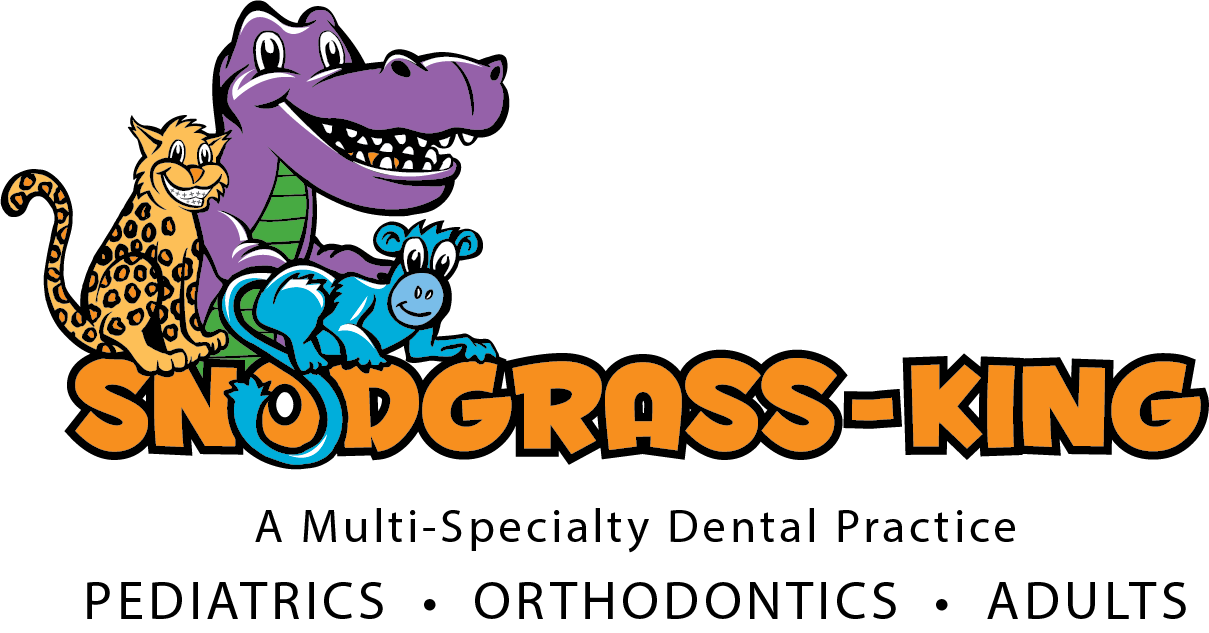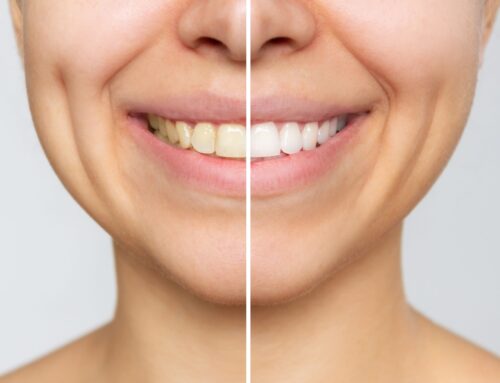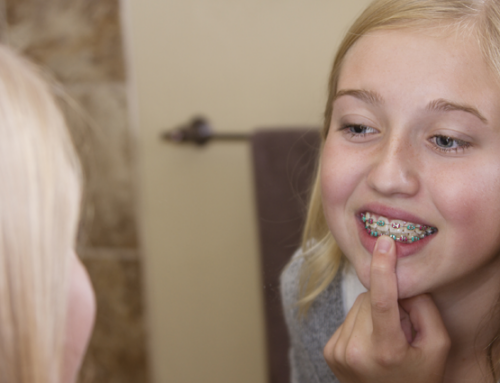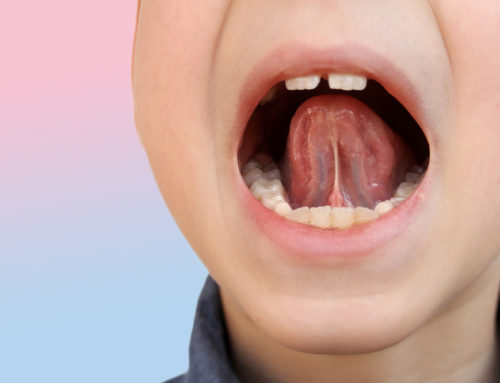Long-Term Benefits of Braces for Children
Are you on the fence about getting braces for your kid? With around 4 million teens rocking braces in North America alone, it’s totally natural to question if they’re the right move for your child. But as a parent, it’s easy to feel stressed about making the call. There’s a lot to think about, like figuring out if your kid actually needs braces and wrapping your head around the costs and different treatment choices. In this blog, we’ll give you all the info you need to decide whether braces are right for your kid.
How to Know if Braces Are Right for Your Child
Here are some signs to watch for:
- Crowded Teeth: If their permanent teeth are squeezing in too tight, braces might be in order to ease the discomfort.
- Gaps Between Teeth: Persistent gaps could signal alignment issues.
- Early or Late Loss of Baby Teeth: If baby teeth are making an early exit or hanging around too long, it could spell trouble for the permanent ones, possibly requiring braces later on.
- Thumb Sucking: Stubborn thumb-sucking can throw off teeth and jaw growth.
- Mouth Breathing: Chronic mouth-breathing could lead to facial changes and alignment issues.
- Underbite: When the lower teeth stick out past the upper ones.
- Overbite: When the upper teeth stick out too far over the lower ones.
If any of these sound familiar, it’s worth chatting with an orthodontist to explore options. Taking action early can make a big difference in getting that smile shining bright!
Benefits of Braces for Children
Braces aren’t just about improving looks; they can bring some serious health benefits too. Here’s why they might be a game-changer:
- Confidence Boost: A straighter smile can work wonders for your child’s confidence and self-esteem.
- Healthier Mouth: Braces can tackle issues like crowded teeth, reducing the risk of decay, cavities, and gum disease.
- Functional Improvements: In addition to straightening teeth; braces can make biting, chewing, and speaking easier and clearer.
- Long-Term Protection: Braces can help reduce the risk of tooth decay, gum disease, and chipped teeth.
- Perfect for Growing Jaws: Since kids’ jaws are still developing, braces can work their magic faster and create better results over time.
What Age Should My Child Get Braces?
Here are some things to consider:
- Early Evaluation: It’s a good idea to schedule your child’s first orthodontic check-up around age 7. During this first visit, your orthodontist will assess their dental development and identify any potential issues early on.
- Traditional Braces: Typically, the optimal age range for traditional braces is between 9 and 14 years old. By this age, most children have a mix of primary and permanent teeth, providing a good foundation for orthodontic treatment.
- Invisalign: In certain cases, Invisalign can be an alternative to traditional braces. Invisalign treatment can start as early as age 6. However, it’s essential to talk with an orthodontist to determine if Invisalign is the right fit for your child.
Types of Braces for Kids
When it comes to choosing braces for your child, there are several options available, each with its own advantages. Let’s take a closer look at the different types:
- Traditional Metal Braces: These are the classic braces most people are familiar with. They consist of metal brackets attached to the teeth, connected by wires and colorful rubber bands. Metal braces are effective for a wide range of orthodontic issues and are often the most affordable option. Kids can have fun choosing different colored rubber bands to personalize their braces.
- Clear Braces: Also known as “invisible” braces, these offer a less conspicuous alternative to traditional metal braces. The brackets are clear, making them less noticeable, although the wires are still visible. Clear braces can tackle the same dental problems as metal braces and are great for kids who may feel self-conscious about their braces but aren’t ready for clear aligners yet.
- Self-Ligating Braces: These braces work similarly to traditional braces but use a different mechanism to hold the wires in place. Instead of rubber bands, the brackets have built-in clips. They may offer faster treatment and increased comfort compared to traditional braces.
- Invisalign Clear Aligners: Invisalign has gained popularity for its clear, removable aligners. While they were initially best for mild cases, they can now effectively treat a wide range of orthodontic issues in both teens and adults. The aligners are virtually invisible and can be removed for eating and brushing, but they require discipline from the wearer. They’re more suitable for older kids and teens who can commit to wearing them as directed.
When you’re thinking about braces for your kid, it’s crucial to chat with an orthodontist to figure out the best choice for their needs.
Are Braces Painful?
Worried about whether braces will cause pain for your kid? It’s totally normal to have this concern, but the discomfort is usually minimal and temporary. Right after they’re put on or adjusted, there might be some soreness for a few days.
You can help ease this with over-the-counter pain relievers, and sticking to softer foods can offer some relief too. If the braces rub against the inside of the mouth, orthodontic wax can help soothe the irritation.
A little discomfort initially can be a sign that the braces are doing their job, gradually moving the teeth into better alignment. Encouraging your child to maintain good oral hygiene can also prevent additional issues like gum inflammation, which can exacerbate discomfort.
With a bit of care and patience, any discomfort should ease up pretty quickly, allowing your kid to get used to their braces without too much trouble.

How Long Will My Kid Need Braces?
Every kid’s journey with braces is different. The length of your child’s dental treatment will depend on things like how complex their dental issues are and what treatment they’re getting.
Usually, braces stay on for about 18 to 24 months. Some might get them off a bit sooner, while others might need them for longer. Since kids’ jaws are still developing, their teeth tend to shift faster, sometimes leading to shorter treatment times.
Once the braces come off, your child will probably need to wear a retainer to keep those newly aligned teeth straight. For severe misalignment, you may need to wear your retainer day and night for 4 or more months then just at night for a lifetime. It’s super important to follow the orthodontist’s instructions on wearing it.
Patience is key, and trusting the process is a must. The end goal is a healthier, happier smile for your child. Your orthodontist will be there every step of the way to make it happen.
The Cost of Children’s Braces
On average, metal braces—the most common type—range from $4,000 to $7,000. This fee typically includes monthly appointments for adjustments and care. However, additional charges may apply for repairing damaged braces due to improper maintenance or dietary choices.
Here’s a closer look at some considerations to help you determine if braces are within your budget:
- Paying upfront: Some orthodontists offer discounts for paying the full treatment cost in advance.
- Payment plans: If you don’t have dental insurance, ask if your orthodontist provides any payment plans.
- Dental schools: Consider seeking treatment at a dental school, where costs may be lower. This could potentially mean longer treatment times under student supervision.
- Special programs: Look into programs like Smiles Change Lives, which provide reduced-cost braces to children in need who meet certain criteria.
- Location: Orthodontic treatment tends to be more expensive in urban areas compared to rural regions.
- Dental insurance: Coverage for braces varies widely among insurance plans, with many considering it a cosmetic procedure and offering limited assistance.
- Type of braces: The cost varies depending on the type of braces chosen, such as traditional metal braces, ceramic braces, lingual braces, or Invisalign.
- Length of treatment: The severity of misalignment and the chosen treatment approach impact the duration of treatment and, consequently, the overall cost.
Ultimately, while cost is a significant factor, prioritizing your child’s dental health and well-being is paramount. Discussing your options with your dentist can help you make an informed decision that works with your family’s financial situation and your child’s oral health needs.
How to Care for Braces
Establish a Basic Oral Care Routine:
- Your child should continue to brush their teeth at least twice a day and floss daily.
- Make sure your child learns how to brush and floss effectively, especially around the brackets and wires of braces.
- Special Care for Braces:
- Have your child clean their teeth thoroughly after meals to prevent food from getting stuck in the wires.
- Consider using orthodontic floss, floss threaders, or a water flosser.
- Encourage your child to avoid hard, sticky, or chewy foods that could damage the braces.
Caring for Clear Aligners:
- Remind your child to remove the aligners before eating or drinking anything besides water. Afterward, make sure they brush their teeth before putting the aligners back in.
- Clean the aligners daily with a soft toothbrush and lukewarm water to prevent bacterial buildup and odors.
- Schedule Regular Dental Check-ups:
- Keep up with routine exams and cleanings with your child’s dentist to monitor their oral health.
If your child experiences any discomfort or notices loose wires or brackets, contact your orthodontist promptly for adjustments or repairs.
What to Expect at Your Child’s First Orthodontist Visit
During the first visit, the orthodontist will carefully examine your child’s teeth alignment, spacing, and jaw alignment. They might ask about any issues with chewing or swallowing. X-rays of the mouth and teeth may be taken to get a closer look at tooth position and development. Sometimes, the orthodontist will also create an impression of your child’s teeth to help determine the best treatment options.
This thorough evaluation lays the groundwork for discussing potential treatment options and creating a personalized plan for your child’s orthodontic needs.
Your Family’s Orthodontist in Middle Tennessee: Snodgrass-King
Snodgrass-King is the place to be for keeping those little grins glowing! With multiple locations across Middle Tennessee, we’ve got your kid’s orthodontic needs covered.
Our team is all about making every visit a breeze. Whether it’s a routine check-up or your first time in, you can bet we’ll take care of your child’s oral health with TLC. Book your child’s first appointment today!





